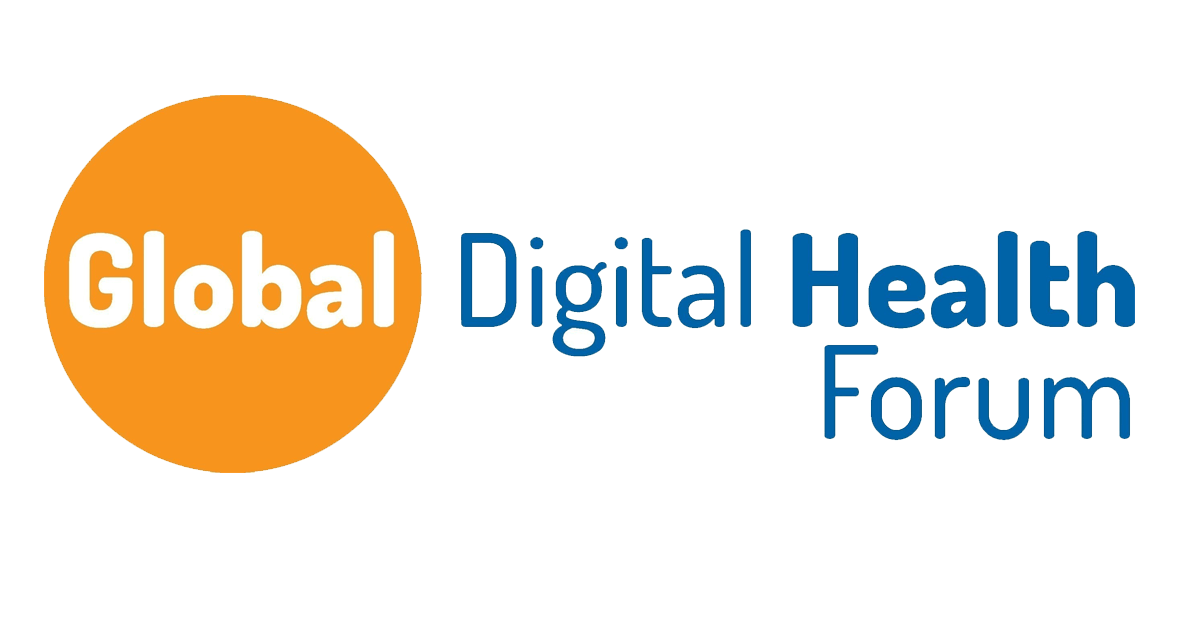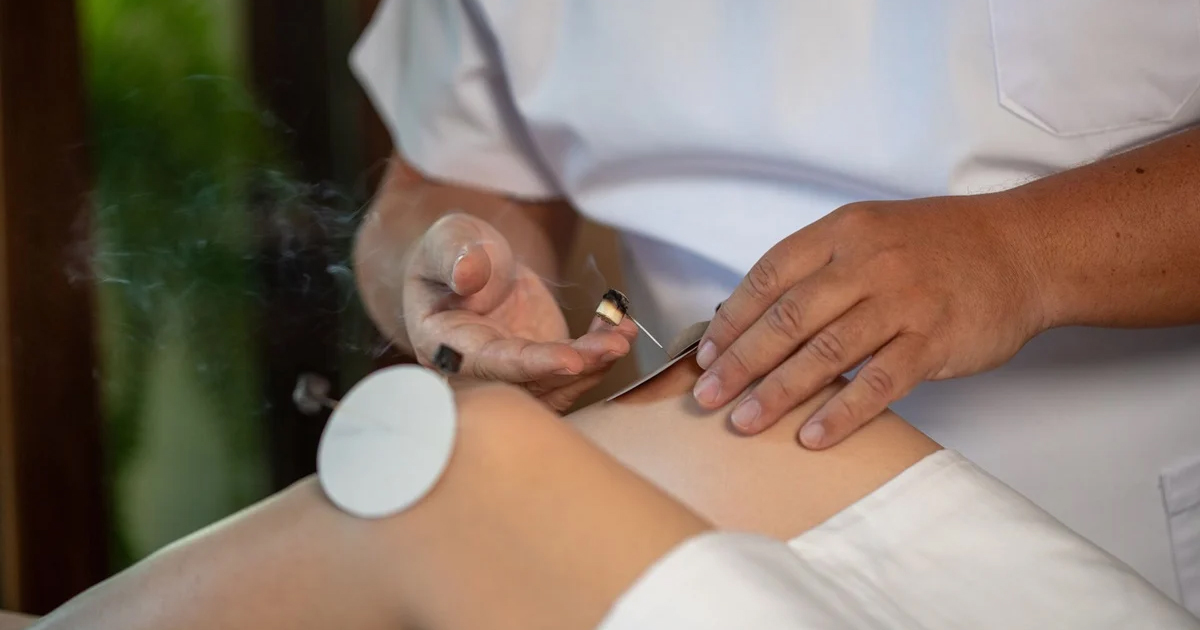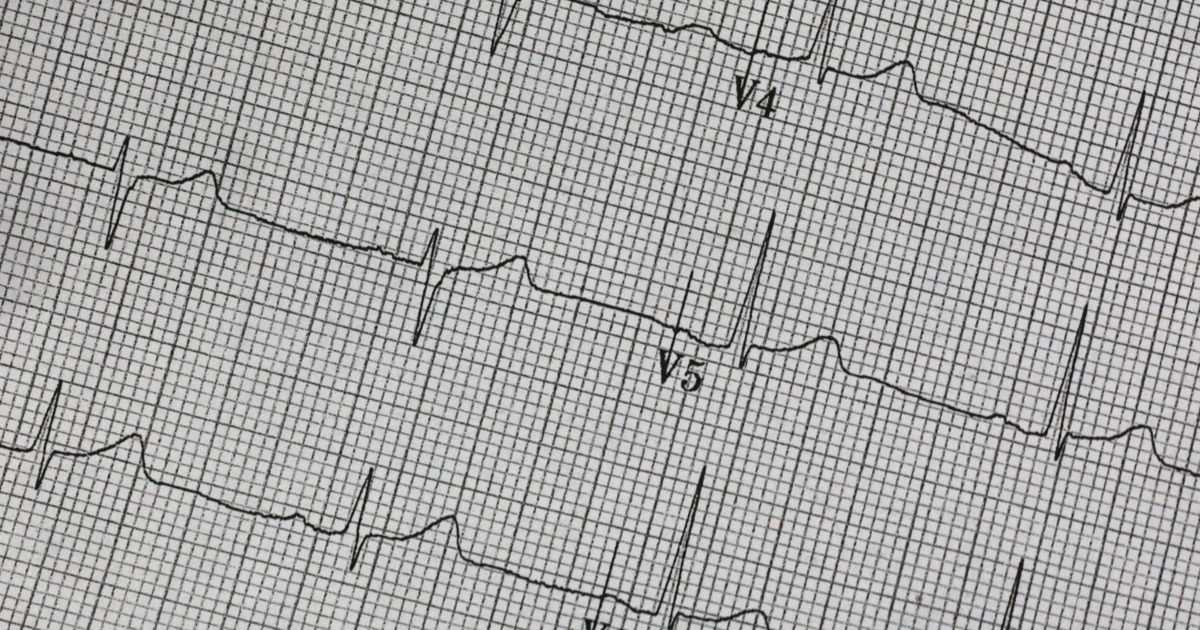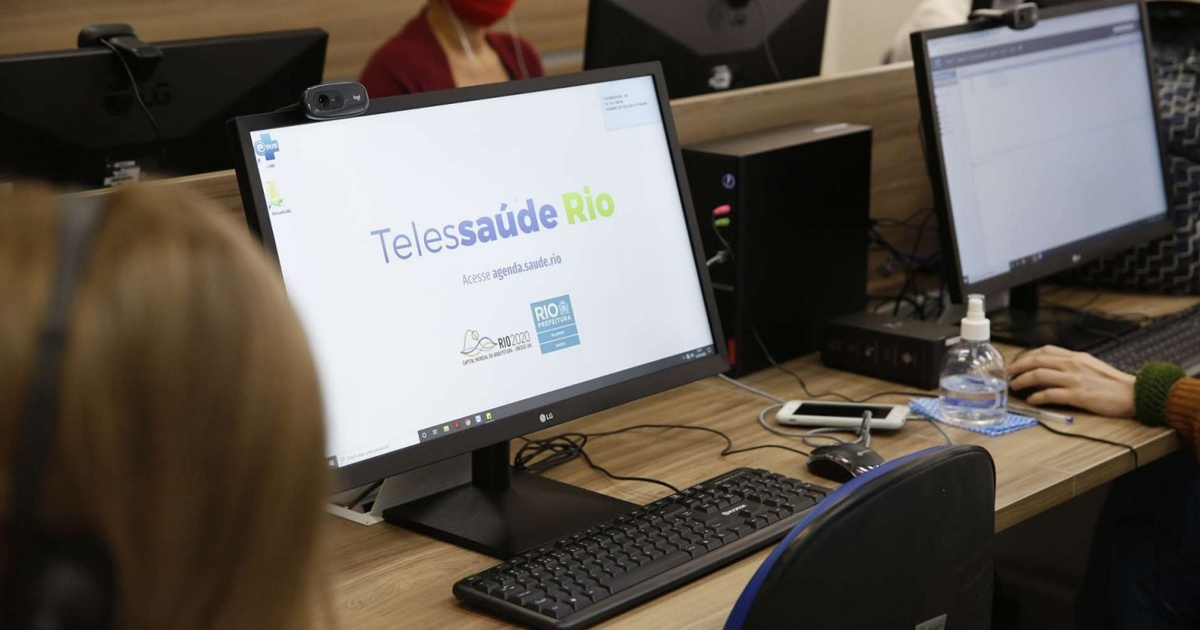Los dispositivos móviles o gadgets que se utilizan en la vida cotidiana incrementan la calidad de vida y el rendimiento en la salud. Su aporte otorga beneficios como la medición de glucosa, presión arterial y otros biomarcadores que garantizan el bienestar del paciente.
Las nuevas tecnologías progresan con mayor rapidez y es sencillo utilizarlas en el día a día. Permiten la conexión inmediata por medio de dispositivos o gadgets que se operan en la nube.
Veronika Vartanova, investigadora de Iflexion (empresa de desarrollo de software), realizó una nota informativa donde explica los avances y ganancias que los dispositivos inteligentes aportan a la salud. Antes, estas herramientas sólo llegaban a cierto mercado de atletas y deportistas para quienes eran atractivos, pero con el desarrollo de teléfonos, relojes y hasta parches, la población en general puede utilizarlos vinculados a sus teléfonos celulares, ejerciendo funciones de monitoreo del estado de salud.
La escalabilidad en el uso de estos dispositivos permite una mejora en el autocuidado y en las ventajas que se obtendrán mediante la emisión de señales de alerta o advertencia, la identificación y modificación de hábitos hacia un estilo de vida más saludable. Ya no se gastará tiempo o dinero en consultas y se podrá obtener respuestas inmediatas gracias a los algoritmos embebidos en las aplicaciones digitales, que muestran los resultados recolectados, su interpretación y consejería personalizada asociada a ellos.
El tamaño de los sensores ha evolucionado de modo tal que ahora es posible usar un reloj que permita monitorear el corazón y la presión sanguínea, y hacerlo con una precisión tal que los relojes inteligentes son aceptados como dispositivos médicos.
Por su parte, las pulseras pueden monitorear aspectos físicos y ser un buen asistente para el cuidado personal – no solo al hacer ejercicio, sino para prevenir riesgos de enfermedades y deficiencias en el estado de salud – por medio de registros de actividad y la medición del funcionamiento de los sistemas circulatorio, digestivo y respiratorio.
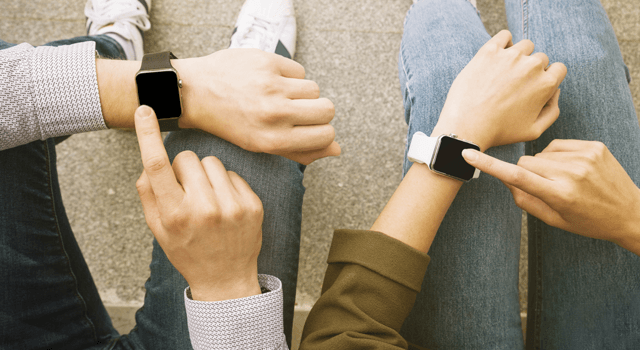
Los sensores determinan diagnósticos por medio de señales eléctricas, térmicas, acústicas y ópticas. Los 2 principales tipos de sensores son:
- Fisiológicos, que vigilan la actividad respiratoria, la temperatura, el ritmo cardiaco, presión sanguínea y aspectos biológicos para evitar fallas en el corazón, asegurar una buena masa corporal, contribuir a eliminar el estrés y problemas de sueño.
- Bioquímicos: miden los niveles de glucosa, electrólitos y otros estudios que permiten la detección de niveles alterados con gran precisión, y en tiempo real.
El uso combinado de dispositivos también es utilizado como un complemento ideal para la rehabilitación en los pacientes y un apoyo para la confirmación de resultados y/o guiar nuevas terapéuticas. Este enfoque es utilizado por la Escuela de Medicina de Harvard, la Universidad de Tufts y la Universidad de Purdue con un proyecto en desarrollo que consiste en un tipo de vendaje inteligente que facilita y acelera la curación del paciente; los sensores que utilizan evalúan la herida y dependiendo del rango o gravedad de esta, se suministra automáticamente el medicamento correspondiente.


